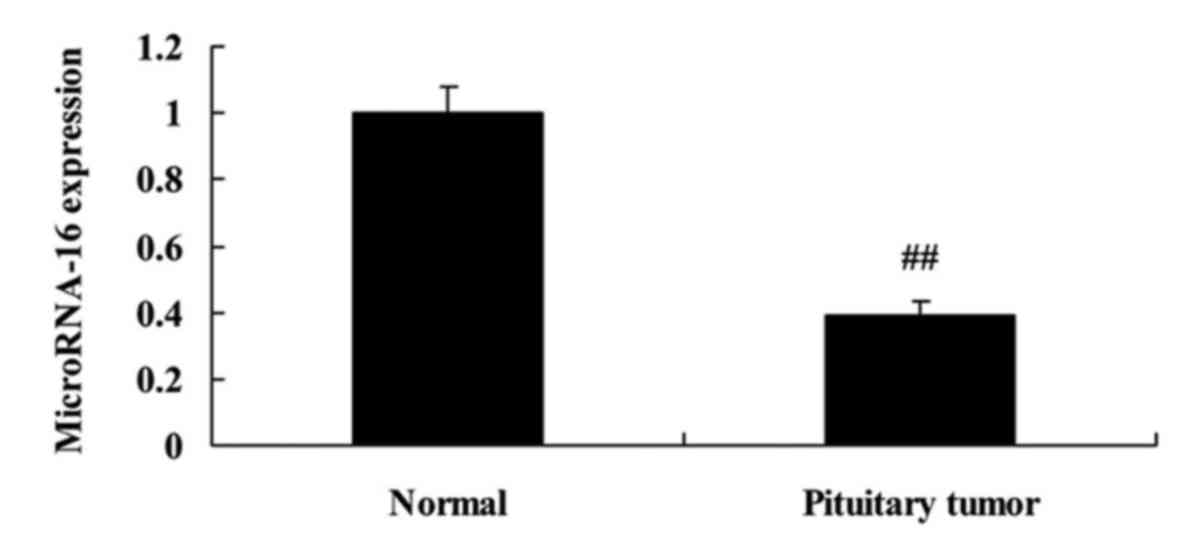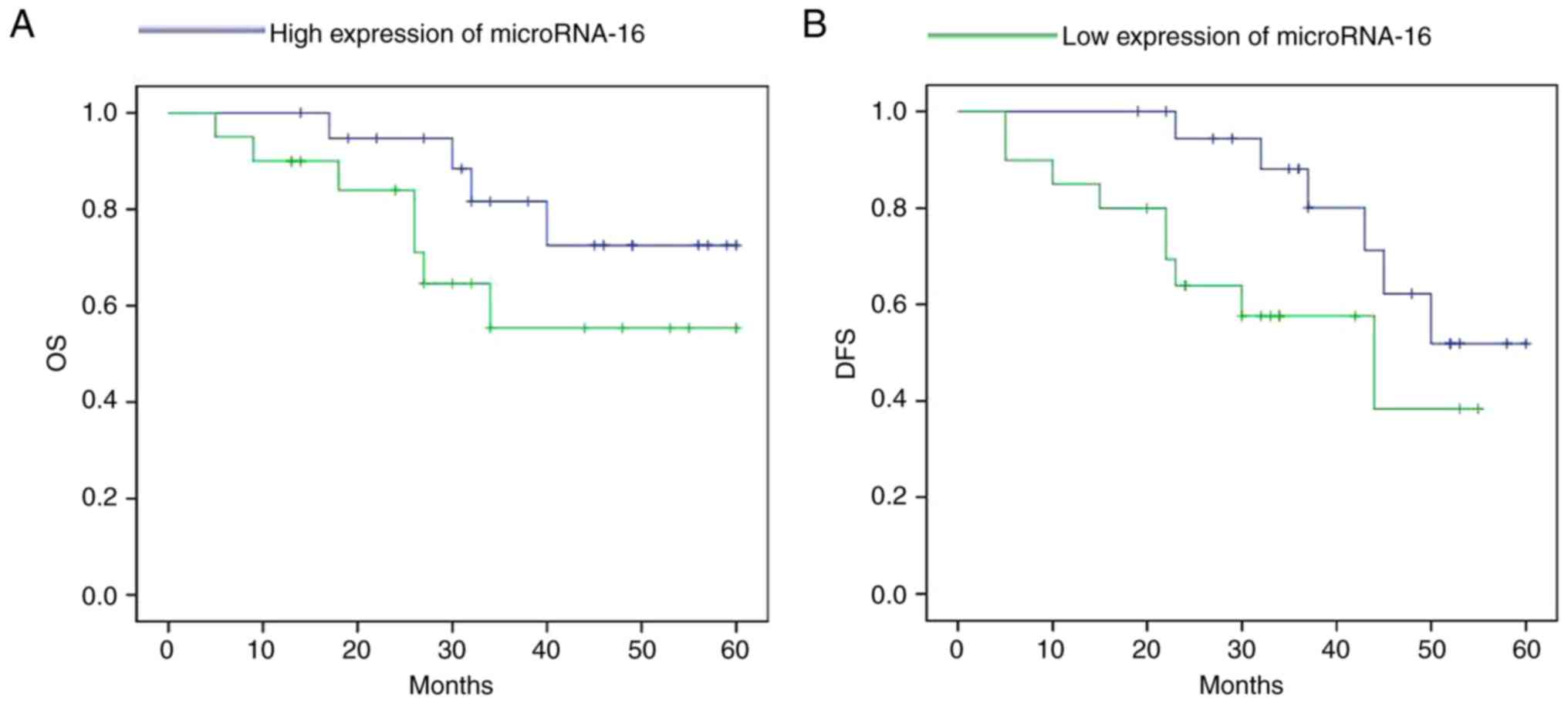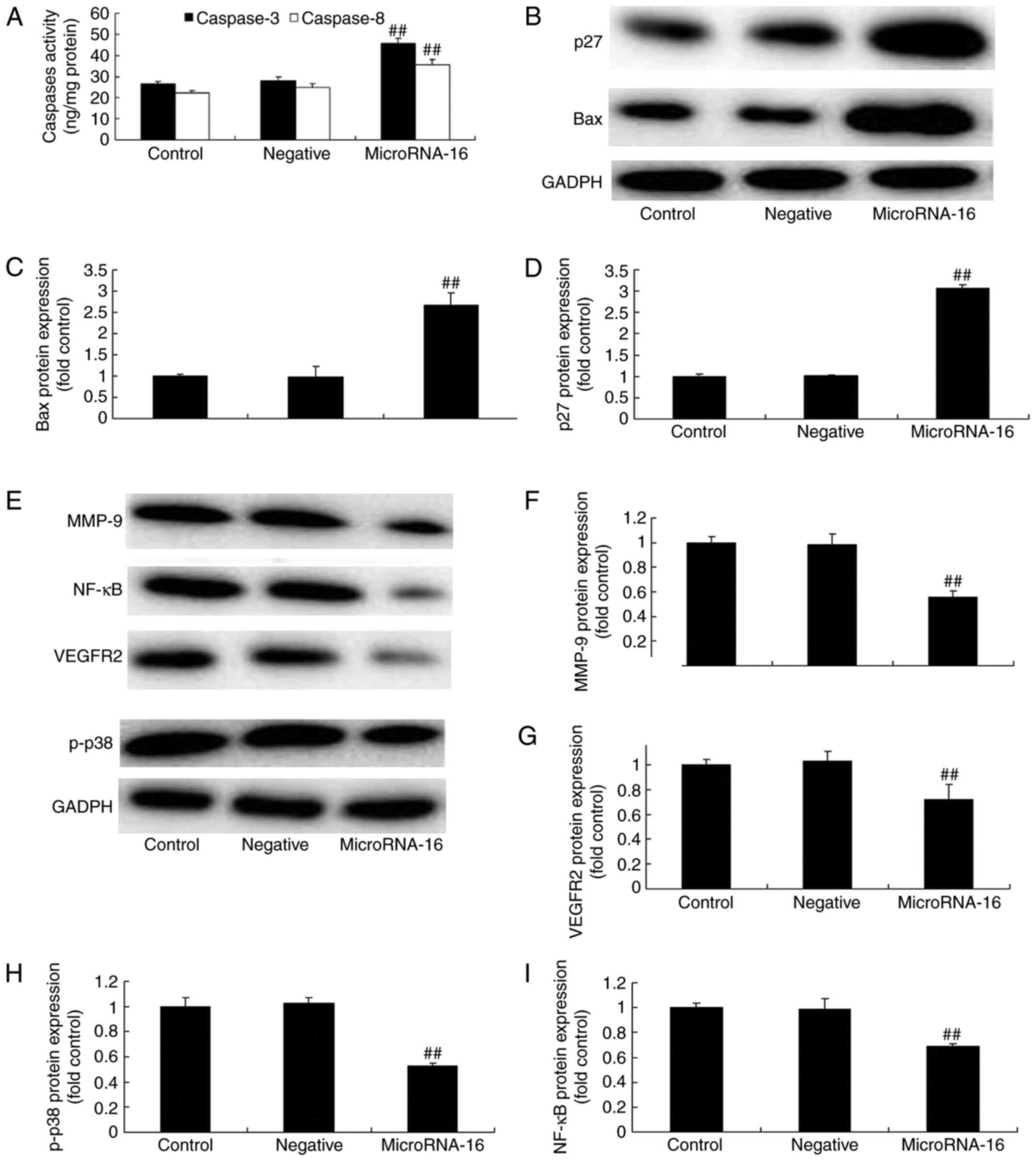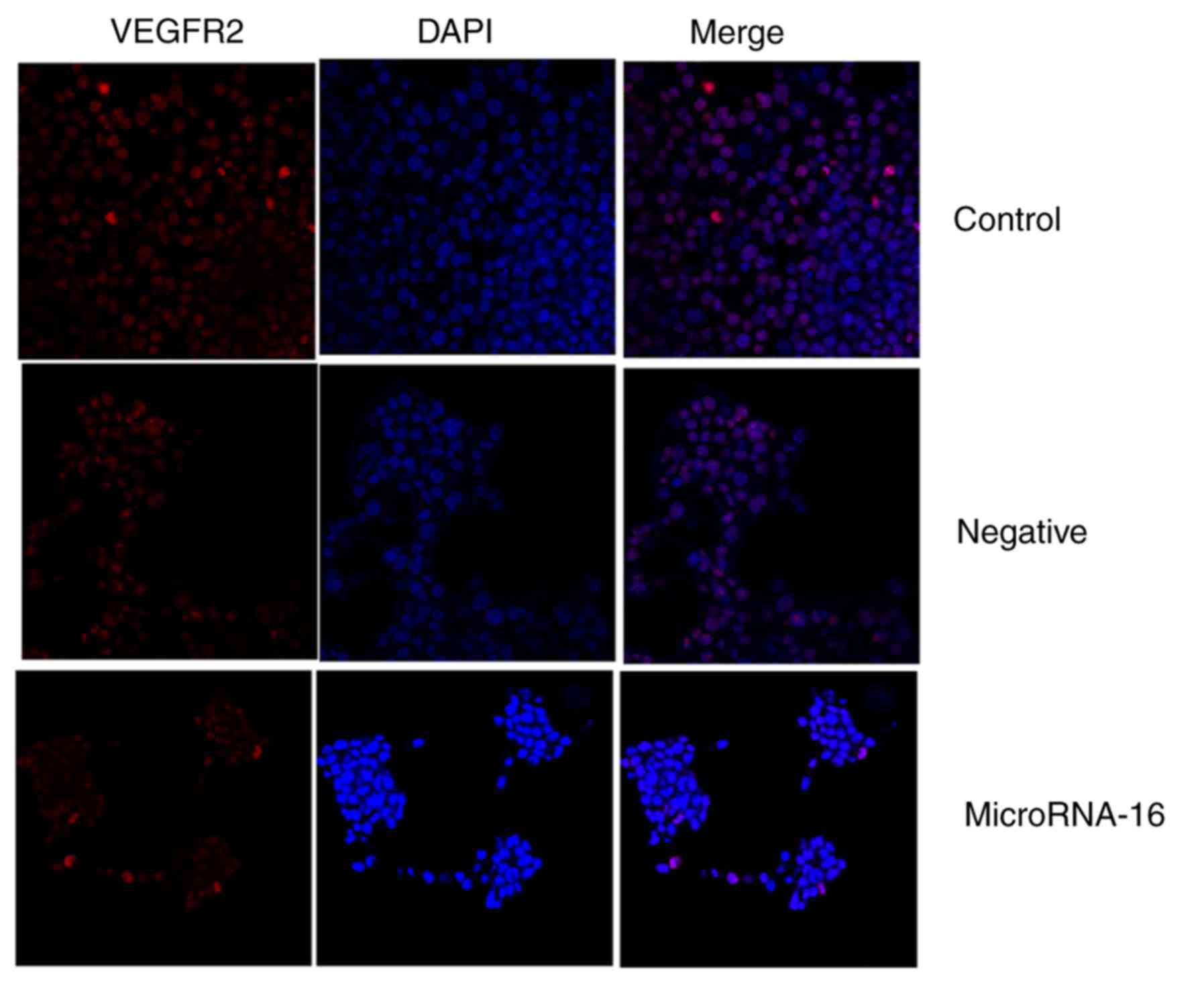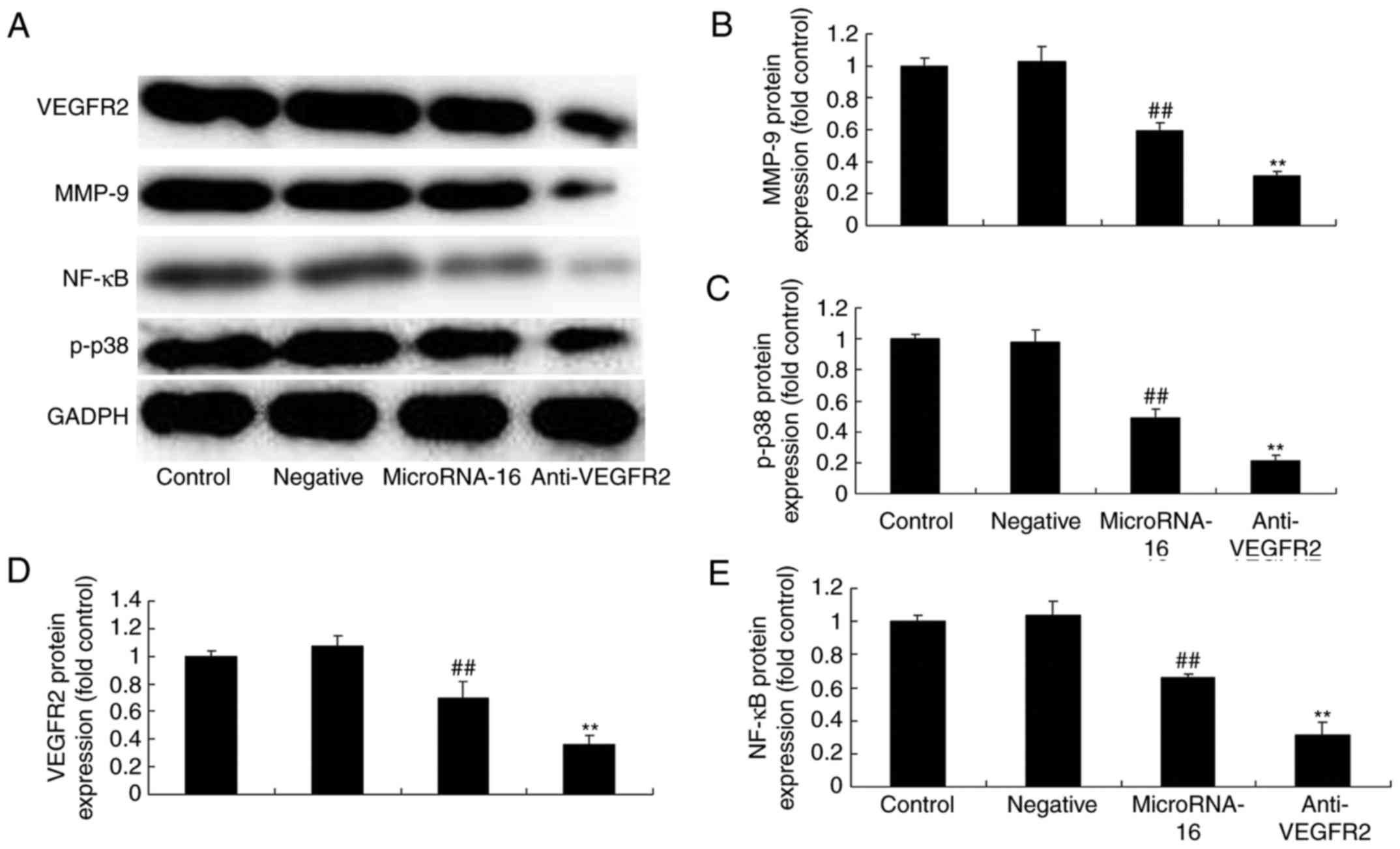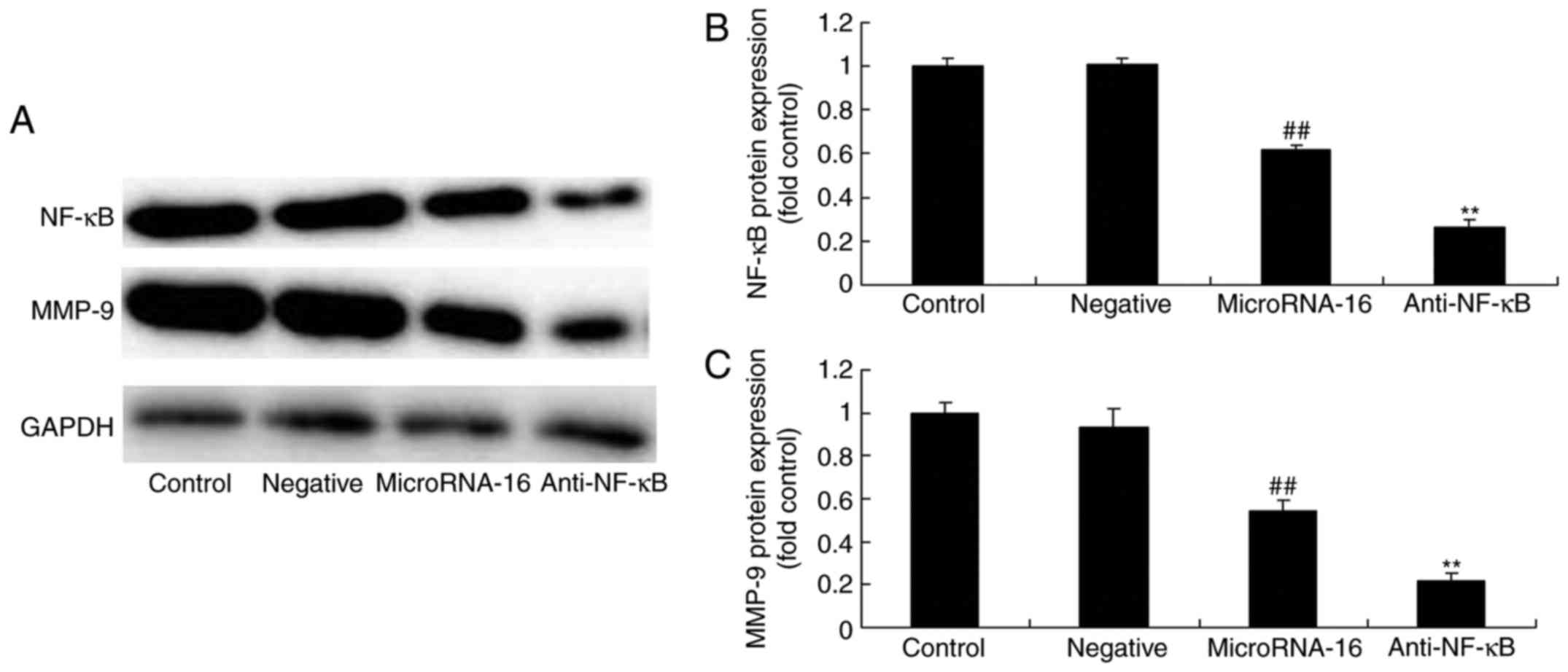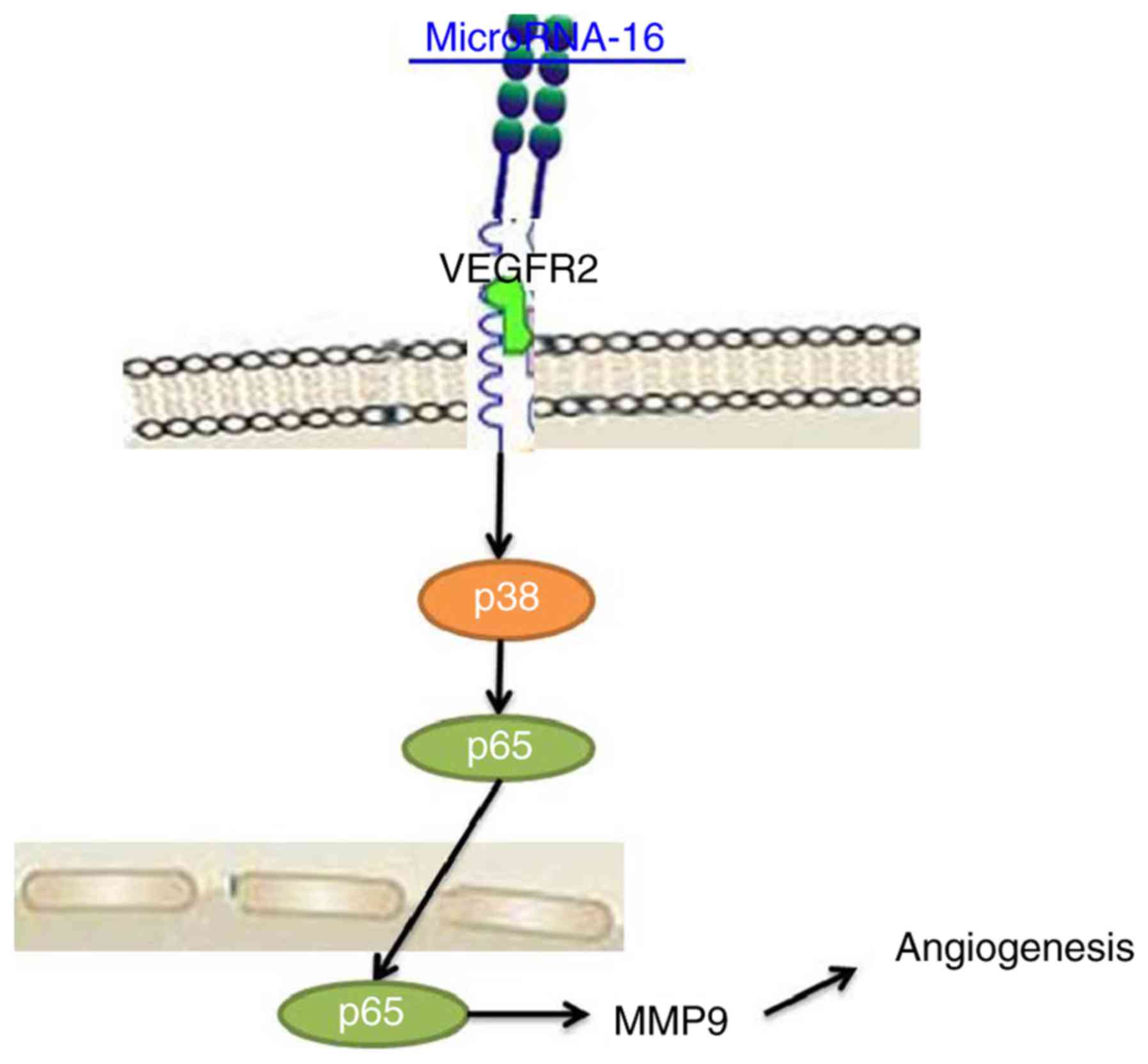|
1
|
Gradiser M, Matovinovic Osvatic M, Dilber
D and Bilic-Curcic I: Assessment of environmental and hereditary
influence on development of pituitary tumors using dermatoglyphic
traits and their potential as screening markers. Int J Environ Res
Public Health. 13:3302016. View Article : Google Scholar :
|
|
2
|
Sibal L, Ugwu P, Kendall-Taylor P, Ball
SG, James RA, Pearce SH, Hall K and Quinton R: Medical therapy of
macroprolactinomas in males: I. Prevalence of hypopituitarism at
diagnosis. II. Proportion of cases exhibiting recovery of pituitary
function. Pituitary. 5:243–246. 2002. View Article : Google Scholar : PubMed/NCBI
|
|
3
|
Baddour HM, Lupa MD and Patel ZM:
Comparing use of the Sonopet(®) ultrasonic bone
aspirator to traditional instrumentation during the endoscopic
transsphenoidal approach in pituitary tumor resection. Int Forum
Allergy Rhinol. 3:588–591. 2013. View Article : Google Scholar : PubMed/NCBI
|
|
4
|
Robison NJ, Prabhu SP, Sun P, Chi SN,
Kieran MW, Manley PE, Cohen LE, Goumnerova L, Smith ER, Scott RM,
et al: Predictors of neoplastic disease in children with isolated
pituitary stalk thickening. Pediatr Blood Cancer. 60:1630–1635.
2013. View Article : Google Scholar : PubMed/NCBI
|
|
5
|
Müssnich P, Raverot G, Jaffrain-Rea ML,
Fraggetta F, Wierinckx A, Trouillas J, Fusco A and D'Angelo D:
Down-regulation of miR-410 targeting the cyclin B1 gene plays a
role in pituitary gonadotroph tumors. Cell Cycle. 14:2590–2597.
2015. View Article : Google Scholar : PubMed/NCBI
|
|
6
|
Sivapragasam M, Rotondo F, Lloyd RV,
Scheithauer BW, Cusimano M, Syro LV and Kovacs K: MicroRNAs in the
human pituitary. Endocr Pathol. 22:134–143. 2011. View Article : Google Scholar : PubMed/NCBI
|
|
7
|
Zhao Y, Xie P and Fan H: Genomic profiling
of microRNAs and proteomics reveals an early molecular alteration
associated with tumorigenesis induced by MC-LR in mice. Environ Sci
Technol. 46:34–41. 2012. View Article : Google Scholar : PubMed/NCBI
|
|
8
|
Knappe UJ, Hagel C, Lisboa BW, Wilczak W,
Lüdecke DK and Saeger W: Expression of serine proteases and
metalloproteinases in human pituitary adenomas and anterior
pituitary lobe tissue. Acta Neuropathol. 106:471–478. 2003.
View Article : Google Scholar : PubMed/NCBI
|
|
9
|
Liu HY, Gu WJ, Wang CZ, Ji XJ and Mu YM:
Matrix metalloproteinase-9 and −2 and tissue inhibitor of matrix
metalloproteinase-2 in invasive pituitary adenomas: A systematic
review and meta-analysis of case-control trials. Medicine
(Baltimore). 95:e39042016. View Article : Google Scholar : PubMed/NCBI
|
|
10
|
Hui P, Xu X, Xu L, Hui G, Wu S and Lan Q:
Expression of MMP14 in invasive pituitary adenomas: Relationship to
invasion and angiogenesis. Int J Clin Exp Pathol. 8:3556–3567.
2015.PubMed/NCBI
|
|
11
|
Escós A, Risco A, Alsina-Beauchamp D and
Cuenda A: p38γ and p38δ mitogen activated protein kinases (MAPKs),
new stars in the MAPK galaxy. Front Cell Dev Biol. 4:312016.
View Article : Google Scholar : PubMed/NCBI
|
|
12
|
Liang M, Liu J, Ji H, Chen M, Zhao Y, Li
S, Zhang X and Li J: A Aconitum coreanum polysaccharide fraction
induces apoptosis of hepatocellular carcinoma (HCC) cells via
pituitary tumor transforming gene 1 (PTTG1)-mediated suppression of
the P13K/Akt and activation of p38 MAPK signaling pathway and
displays antitumor activity in vivo. Tumour Biol. 36:7085–7091.
2015. View Article : Google Scholar : PubMed/NCBI
|
|
13
|
Grandison L, Nolan GP and Pfaff DW:
Activation of the transcription factor NF-KB in GH3 pituitary
cells. Mol Cell Endocrinol. 106:9–15. 1994. View Article : Google Scholar : PubMed/NCBI
|
|
14
|
Lee GS, Choi KC, Han HJ and Jeung EB: The
classical and a non-classical pathways associated with NF-kappaB
are involved in estrogen-mediated regulation of calbindin-D9k gene
in rat pituitary cells. Mol Cell Endocrinol. 277:42–50. 2007.
View Article : Google Scholar : PubMed/NCBI
|
|
15
|
Lasa M, Gil-Araujo B, Palafox M and Aranda
A: Thyroid hormone antagonizes tumor necrosis factor-alpha
signaling in pituitary cells through the induction of dual
specificity phosphatase 1. Mol Endocrinol. 24:412–422. 2010.
View Article : Google Scholar : PubMed/NCBI
|
|
16
|
Buhk JH, Jung S, Psychogios MN, Göricke S,
Hartz S, Schulz-Heise S, Klingebiel R, Forsting M, Brückmann H,
Dörfler A, et al: Tumor volume of growth hormone-secreting
pituitary adenomas during treatment with pegvisomant: A prospective
multicenter study. J Clin Endocrinol Metab. 95:552–558. 2010.
View Article : Google Scholar : PubMed/NCBI
|
|
17
|
Cheng JM, Gu JW, Kuang YQ, Ma Y, Xia X,
Yang T, Lu M, He WQ, Sun ZY and Zhang YC: Multicenter study on
adult growth hormone level in postoperative pituitary tumor
patients. Cell Biochem Biophys. 71:1239–1242. 2015. View Article : Google Scholar : PubMed/NCBI
|
|
18
|
Li XH, Wang EL, Zhou HM, Yoshimoto K and
Qian ZR: MicroRNAs in human pituitary adenomas. Int J Endocrinol.
2014:4351712014. View Article : Google Scholar : PubMed/NCBI
|
|
19
|
Seltzer J, Ashton CE, Scotton TC, Pangal
D, Carmichael JD and Zada G: Gene and protein expression in
pituitary corticotroph adenomas: A systematic review of the
literature. Neurosurg Focus. 38:E172015. View Article : Google Scholar : PubMed/NCBI
|
|
20
|
Tang X, Jin L, Cao P, Cao K, Huang C, Luo
Y, Ma J, Shen S, Tan M, Li X, et al: MicroRNA-16 sensitizes breast
cancer cells to paclitaxel through suppression of IKBKB expression.
Oncotarget. 7:23668–23683. 2016.PubMed/NCBI
|
|
21
|
Dwivedi SK, Mustafi SB, Mangala LS, Jiang
D, Pradeep S, Rodriguez-Aguayo C, Ling H, Ivan C, Mukherjee P,
Calin GA, et al: Therapeutic evaluation of microRNA-15a and
microRNA-16 in ovarian cancer. Oncotarget. 7:15093–15104. 2016.
View Article : Google Scholar : PubMed/NCBI
|
|
22
|
Wu WL, Wang WY, Yao WQ and Li GD:
Suppressive effects of microRNA-16 on the proliferation, invasion
and metastasis of hepatocellular carcinoma cells. Int J Mol Med.
36:1713–1719. 2015. View Article : Google Scholar : PubMed/NCBI
|
|
23
|
Lin K, Gao Z, Shang B, Sui S and Fu Q:
Osthole suppresses the proliferation and accelerates the apoptosis
of human glioma cells via the upregulation of microRNA-16 and
downregulation of MMP-9. Mol Med Rep. 12:4592–4597. 2015.
View Article : Google Scholar : PubMed/NCBI
|
|
24
|
Ortiz LD, Syro LV, Scheithauer BW, Ersen
A, Uribe H, Fadul CE, Rotondo F, Horvath E and Kovacs K: Anti-VEGF
therapy in pituitary carcinoma. Pituitary. 15:445–449. 2012.
View Article : Google Scholar : PubMed/NCBI
|
|
25
|
Fowkes RC and Vlotides G: Hypoxia-induced
VEGF production ‘RSUMEs’ in pituitary adenomas. Endocr Relat
Cancer. 19:C1–C5. 2012. View Article : Google Scholar : PubMed/NCBI
|
|
26
|
Stepień T, Sacewicz M, Lawnicka H,
Krupiński R, Komorowski J, Siejka A and Stepień H: Stimulatory
effect of growth hormone-releasing hormone (GHRH(1–29)NH2) on the
proliferation, VEGF and chromogranin A secretion by human
neuroendocrine tumor cell line NCI-H727 in vitro. Neuropeptides.
43:397–400. 2009. View Article : Google Scholar : PubMed/NCBI
|
|
27
|
Sacewicz M, Lawnicka H, Siejka A, Stepień
T, Krupiński R, Komorowski J and Stepień H: Inhibition of
proliferation, VEGF secretion of human neuroendocrine tumor cell
line NCI-H727 by an antagonist of growth hormone-releasing hormone
(GH-RH) in vitro. Cancer Lett. 268:120–128. 2008. View Article : Google Scholar : PubMed/NCBI
|
|
28
|
Yang IP, Tsai HL, Huang CW, Lu CY, Miao
ZF, Chang SF, Juo SH and Wang JY: High blood sugar levels
significantly impact the prognosis of colorectal cancer patients
through down-regulation of microRNA-16 by targeting Myb and VEGFR2.
Oncotarget. 7:18837–18850. 2016.PubMed/NCBI
|
|
29
|
Wang D, Wong HK, Feng YB and Zhang ZJ:
18beta-glycyrrhetinic acid induces apoptosis in pituitary adenoma
cells via ROS/MAPKs-mediated pathway. J Neurooncol. 116:221–230.
2014. View Article : Google Scholar : PubMed/NCBI
|
|
30
|
Peverelli E, Olgiati L, Locatelli M, Magni
P, Fustini MF, Frank G, Mantovani G, Beck-Peccoz P, Spada A and
Lania A: The dopamine-somatostatin chimeric compound BIM-23A760
exerts antiproliferative and cytotoxic effects in human
non-functioning pituitary tumors by activating ERK1/2 and p38
pathways. Cancer Lett. 288:170–176. 2010. View Article : Google Scholar : PubMed/NCBI
|
|
31
|
Hoesel B and Schmid JA: The complexity of
NF-κB signaling in inflammation and cancer. Mol Cancer. 12:862013.
View Article : Google Scholar : PubMed/NCBI
|
|
32
|
Chen W, Guo S and Wang S: MicroRNA-16
Alleviates inflammatory pain by targeting Ras-related protein 23
(RAB23) and inhibiting p38 MAPK activation. Med Sci Monit.
22:3894–3901. 2016. View Article : Google Scholar : PubMed/NCBI
|
|
33
|
Chen Z, Li Z, Chang Y, Ma L, Xu W, Li M,
Li J, Zhang W, Sun Q, An X, et al: Relationship between NF-κB,
MMP-9, and MICA expression in pituitary adenomas reveals a new
mechanism of pituitary adenomas immune escape. Neurosci Lett.
597:77–83. 2015. View Article : Google Scholar : PubMed/NCBI
|



